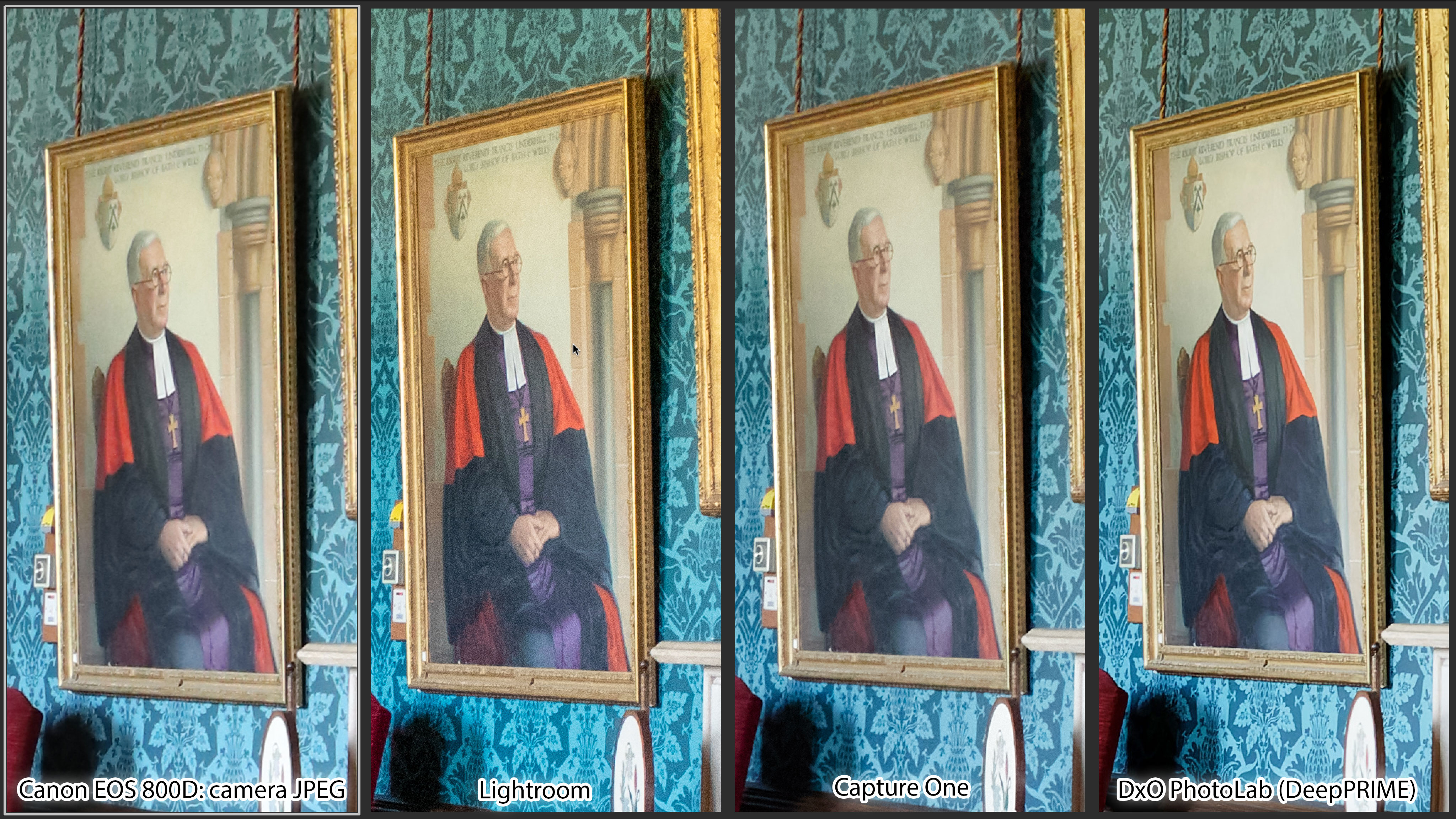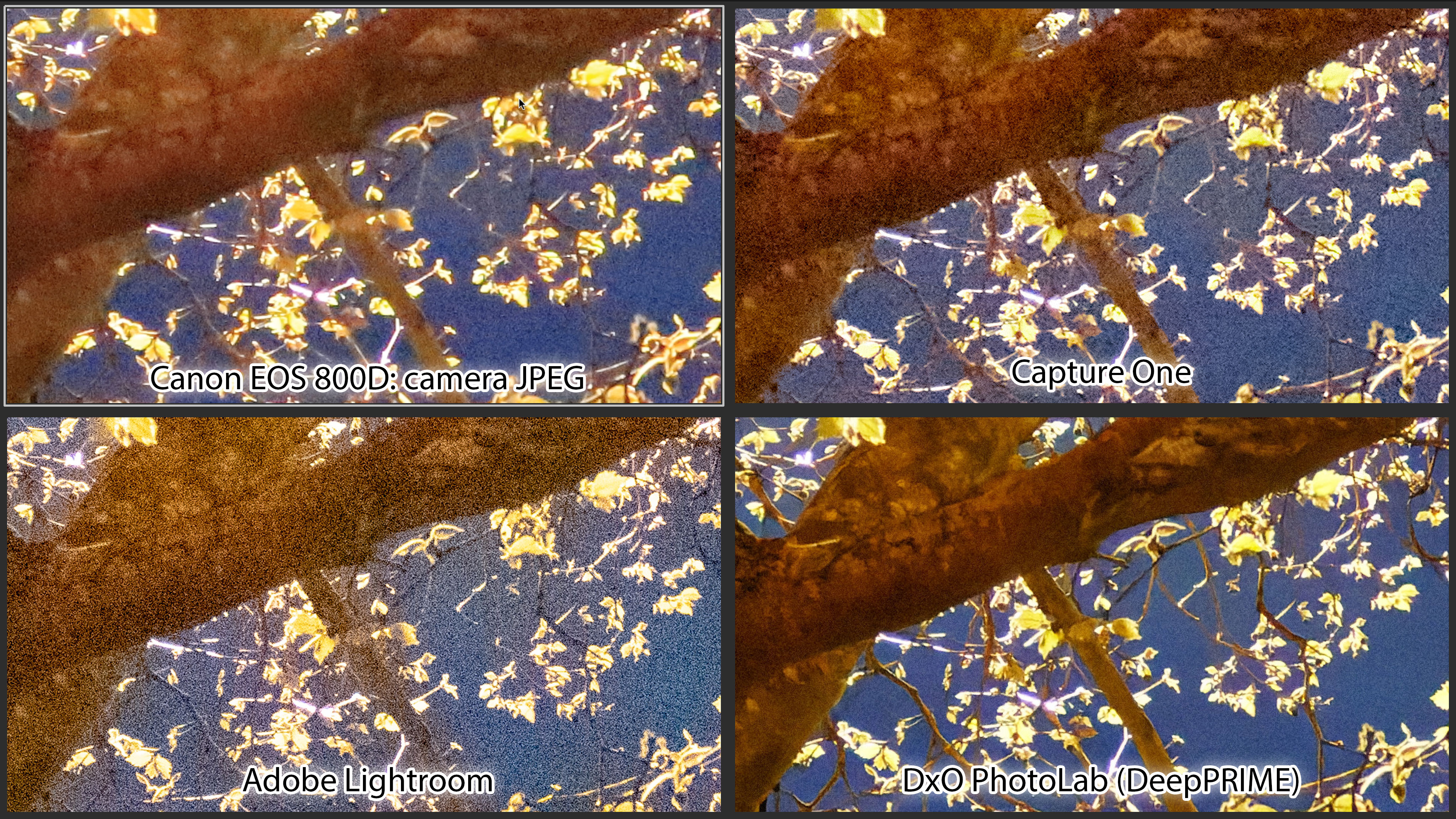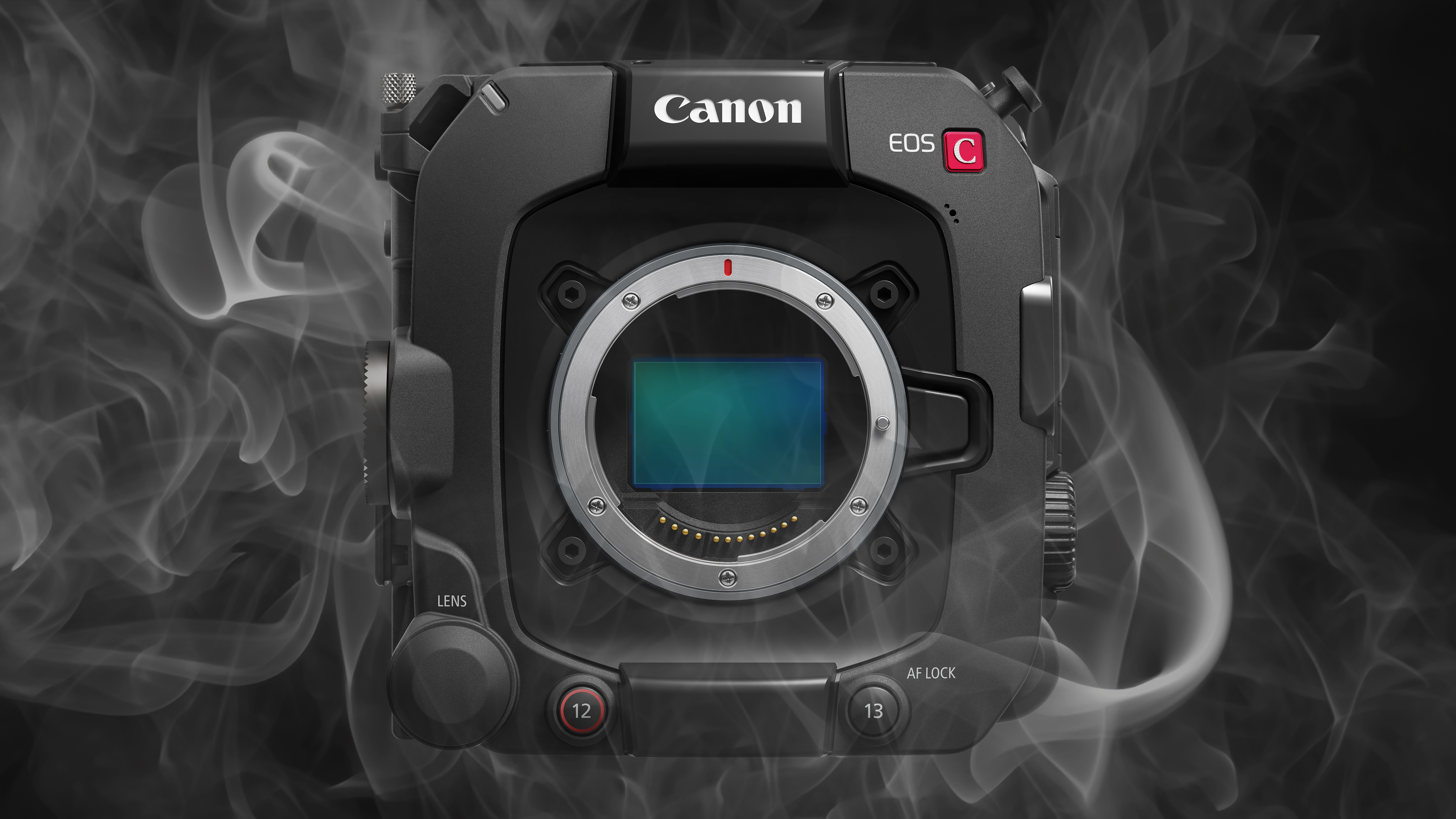Is Adobe Lightroom the worst solution for processing raw?
If you check it against Capture One, DxO PhotoLab or even your camera’s own JPEGs, you’ll see what we mean
Adobe Camera Raw and Lightroom use the same raw processing engine, so you won’t see any difference in the results whichever one you use. Adobe Camera Raw (i.e. Lightroom too) is the most convenient, most powerful, and most versatile raw processor around. And it’s often the worst (if you ask me)!
That may be going a bit far, admittedly, but if we put it up against the two other serious raw processing rivals – DxO PhotoLab and Capture One – it’s definitely the worst of the three and doesn’t always stack up well against the camera JPEGs.
• In this comparison, the camera JPEGs were at the default camera settings, the Lightroom rendition was at Lightroom's default NR/sharpening setting, and the Capture One version was at Capture One's default settings. The DxO version was created using DeepPRIME XD, to show what RAW files are capable of.
Adobe Lightroom is one of the best photo editing software applications on the market, not to mention one of the best photo organizers, we won't deny that, but it is most definitely not perfect.
Lots of other photo editors will process raw files too, with varying degrees of quality, and it seems reasonable to imagine that Adobe Lightroom will be as good as or better than most of them. But up against DxO PhotoLab and Capture One, it’s just not as good at the basics.
Lightroom uses the same raw processing engine as Adobe Camera Raw, and the problem for both is noise control and sharpening – and balancing both to give satisfying detail rendition. Normally you might expect to trade off some sharpness to get less noise or accept a little more noise to get more sharpness. The trouble with Adobe Camera Raw is that it starts off so noisy, you’ve got much less room for maneuver.
You can reduce the noise and accept less sharpness, or increase the sharpness and worsen the noise again. You can chase your tail trying to play one off against the other and make no real progress at all.
The best camera deals, reviews, product advice, and unmissable photography news, direct to your inbox!
Adobe Camera Raw’s noticeably ‘gritty’ look can give a very distorted view of your camera’s performance. You can see this in the ISO 1600 comparison at the top of this article. The Lightroom version has good detail but way more noise than the others, and you're not always going to be able to get very close to what they achieve with Lightroom's noise reduction tools either.
Note that these are 200% enlargements of much larger photos.
The EOS 800D is a few years old, but many people are still using cameras of this age. Newer cameras are better, but Lightroom still shows the same characteristics – noticeably increased textured noise at lower ISO settings and poor noise/sharpness balancing at higher ISOs. A better camera will simply make it less obvious.
Here's another comparison that really brings this home. Shot at ISO 25,600, it's right at the outer limits of the EOS 800D's capabilities but, even so, the camera JPEG is actually not too bad and the Capture One version does a good job of noise control while keeping the detail crisp. Lightroom's version is painful – it clearly has no idea what's going on by this point.
The DxO version is a bit of a cheat because we used DxO's DeepPRIME process which takes a little longer – but this does illustrate the huge gulf between what this camera is capable of delivering (with help) and Adobe's frankly horrible attempt.
You might assume that you’ll always get the best quality with raw and not bother checking your JPEGs. But if you do, you might find that the camera is actually doing a much better job of rendering detail without noise than Lightroom or Adobe Camera Raw.
This can be especially noticeable with high ISO Canon images, which we’ve used for our comparisons. You might decide not to use your EOS past ISO 1600, say, based on what the raw files look like in Adobe Camera Raw or Lightroom. But you might change your mind completely when you see how they look in Capture One, DxO PhotoLab or even when you look again at the camera JPEGs.
Adobe’s raw processing may be by far the most widely used on the market, but it’s definitely not the best. With some camera brands and models, and when shooting at low ISOs, you may not see much difference, but with others, you will see a lot. And it’s not just a case of adjusting the noise reduction and sharpening sliders. That will help, but only to a degree.
We recently reported on a survey that suggested Lightroom is the most popular editing software. It is frustrating that the world’s most popular/convenient raw processing software should be such a middling performer, but most people shoot raw to get the best possible quality, and Adobe Camera Raw just doesn’t reliably deliver it.

Rod is an independent photography journalist and editor, and a long-standing Digital Camera World contributor, having previously worked as DCW's Group Reviews editor. Before that he has been technique editor on N-Photo, Head of Testing for the photography division and Camera Channel editor on TechRadar, as well as contributing to many other publications. He has been writing about photography technique, photo editing and digital cameras since they first appeared, and before that began his career writing about film photography. He has used and reviewed practically every interchangeable lens camera launched in the past 20 years, from entry-level DSLRs to medium format cameras, together with lenses, tripods, gimbals, light meters, camera bags and more. Rod has his own camera gear blog at fotovolo.com but also writes about photo-editing applications and techniques at lifeafterphotoshop.com


